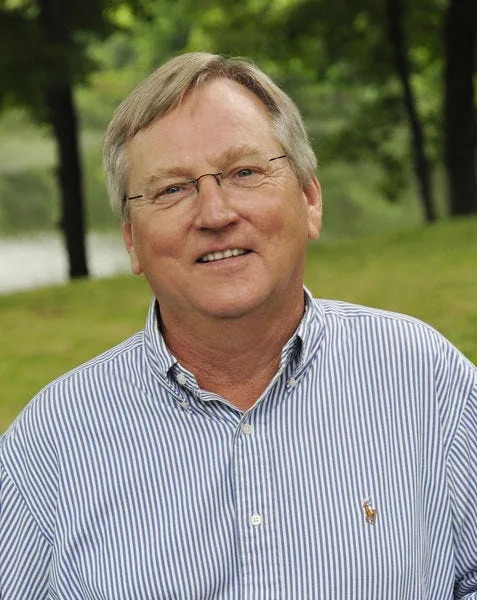Alan Guebert
Sat, November 11, 2023
“Mathematics,” once explained Edward Frenkel, a renowned mathematician and author, “directs the flow of the universe, lurks behind its shapes and curves, [and] holds the reins of everything from tiny atoms to the biggest stars.”
Another explanation notes that “Math is the only place where truth and beauty mean the same thing.”
That elegant, beautiful truth comes to mind when reading a just-published “case study” that compares the cost and net carbon dioxide (CO2) output of the planned 2,000-mile Summit CO2 pipeline to the wind- and solar-based electricity that could fuel “battery-electric vehicles,” or BEVs.
At its heart, the new study asks, what gives the better environmental and financial return — billions spent on a CO2 pipeline that encourages more ethanol use or investing the same amount on solar and wind generators to power BEVs?
The resulting math, presented by the study’s author, Mark Z. Jacobson, a civil and environmental engineer at Stanford University, is detailed, compelling and irrefutable in its conclusion: Don’t spend another penny on Summit’s five-state, CO2 pipeline.
Jacobson's focus is on E85, the 85-percent-ethanol-to-gasoline blend now being pushed by farm groups as the way to maintain production of the corn-based fuel even as BEVs rise in popularity. (The U.S. Department of Agriculture forecasts that 35% of the 2023/24 U.S. corn crop, or 5.3 billion bushels, will be used to make ethanol.)
The higher ethanol blend, however, doesn’t change the hard math underlying the colossal investment and environmental costs of CO2-generating ethanol plants, ethanol’s use or any of the three proposed CO2-carrying pipelines, Jacobson writes.
“This study concludes that investing in wind turbines to provide electricity to BEVs is far more beneficial in terms of consumer cost savings, CO2 emissions, land use, and air pollution than making the same investment in a plan to capture CO2 from ethanol refineries, pipe the CO2 to an underground storage facility, and use the ethanol to produce E85 for FFVs,” or flex fuel vehicles.
Moreover, Jacobson continues, quoting his revealing math, “The fuel savings alone,” an estimated “$66.9-$111 billion over 30 years”–“is 12-20 times the $5.6 billion investment in [the] Summit [pipeline] project.”
And just to drive home his rural bona fides, Jacobson offers a comparison of the costs to operate competing models of the ever-popular, four-wheel-drive, Ford F-150 — the eight-cylinder flex fuel version that costs “$48,290” — versus its electric twin that costs $21,705 more or “$69,995.”
“Even with this upfront cost difference … the net fuel cost saving to drivers over 30 years (of the electric F-150) is still … 7-12 times Summit’s investment [cost],” he notes.
Environmental costs between the two technologies — wind and solar versus ethanol — show even bigger differences because wind and solar electric generation are zero-carbon emitters and easily beat almost any blend of any fossil or bio-based fuel.
A key element of ethanol’s argument, however, is Big Ag’s insistence that it’s a “green” fuel that, at worst, is carbon neutral and, at best, is carbon negative. Still, no outside-of-ag scientist supports ag’s contention and neither does the Stanford engineer. His math shows more brown and no green.
“With respect to air pollution, tailpipe emissions from E85 vehicles may increase the level of ozone throughout most of the United States in comparison with tailpipe emissions from gasoline vehicles.”
“Moreover,” he adds, “the production, transport, and refining of corn to produce ethanol creates air pollution that may exceed the upstream pollution from gasoline.”
The engineer’s hammering math dives into other aspects of the bad bargain that is CO2 pipelines. For example, photosynthesis “is only 1% efficient” while solar panels are “20-23% efficient” and therefore need “only 1/20th of the land to produce the same energy as a biofuel crop.”
The clear bottom line to the Summit pipeline — and, really, any CO2 pipeline — Jacobson says, is as obvious as one-plus-one: Don’t bury CO2 pipelines; instead, bury their very idea. Fast.

Alan Guebert writes "Farm and Food"
Alan Guebert is an agricultural journalist. See past columns at farmandfoodfile.com. © 2023 ag comm
This article originally appeared on South Bend Tribune: Farm and Food: Don't bury just the CO2 pipelines; bury their very idea
No comments:
Post a Comment